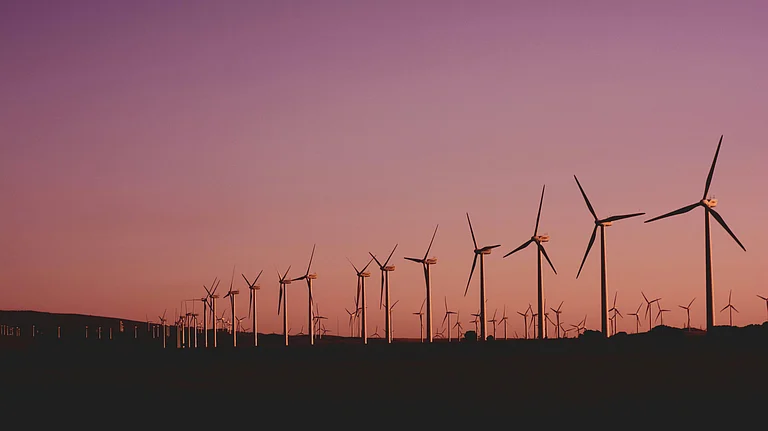In the rush toward net-zero, the most powerful tool in India’s clean energy arsenal might not be a battery but a brick.
India’s Storage Future May be Built With Bricks, Not Lithium
Thermal technologies are 20 times cheaper than lithium-based battery storage and, most importantly, free India’s renewable energy supply chains from a strategically risky dependence on imports. Bottom line: India must remain technology-neutral when it comes to energy storage
At a recent Energy Roundtable convened by Climate Trends, energy experts laid bare the scale of the challenge. To meet its 2030 target of 250 gigawatt-hours of energy storage, India must add 50 gigawatt-hours of capacity every year. Today, the total installed capacity is less than 1 GWh.
“We’re not even on the runway,” said Amol Phadke, an adjunct associate professor at the University of California, Berkeley. “This is essential not just for clean energy, but also to solve a major problem of energy security.” His prescription: a hard pivot away from lithium myopia. “We must remain technology-neutral—whatever meets the timeline and the price point wins.”
Among the contenders are thermal storage systems that utilise simple materials—such as bricks, heating rods and sound design—to trap and retain heat generated from inexpensive solar electricity. That heat can then be deployed to meet industrial heating and steam needs, offering a low-cost, low-tech alternative to chemistry-laden lithium-ion batteries.
“The cost of storing energy in heat can be as low as one-hundredth that of lithium-ion,” said Phadke. “And some companies have figured out how to keep heat loss to just 1% per day.” The implications are profound: a domestically scalable, materials-independent technology that could undercut the lithium giants without relying on fragile global supply chains.
Mohit Bhargava, former CEO of NTPC Green Energy, echoed the need for diversified thinking. “Decarbonisation at scale requires looking beyond pumped hydro or electrochemistry. We need to rethink what storage even means.”
But storage is just one part of the story. India is also dragging its feet on energy efficiency. Saurabh Kumar of the Global Energy Alliance for People and Planet (GEAPP) noted that while the G20 aims to double energy efficiency by 2030, India has achieved an improvement of just 2%. “We need a national mission,” he said.
The numbers are startling: India’s highest-rated air conditioners would flunk Chinese standards. “What we call a five-star AC is a one-star in China,” said Bhargava. Over half the new cars sold in China are electric; India is nowhere close. EVs, which run at 95% efficiency, outperform gasoline engines—whose upper limit is around 35%—by a margin that’s less a gap and more a chasm.
India’s clean energy transition isn’t just about generation. It’s about storage, efficiency and the willingness to abandon preconceived notions about what the future should look like. It may not gleam like lithium. It may not hum like a battery. But the future, if it is to be affordable and scalable, might just be made of firebrick.

